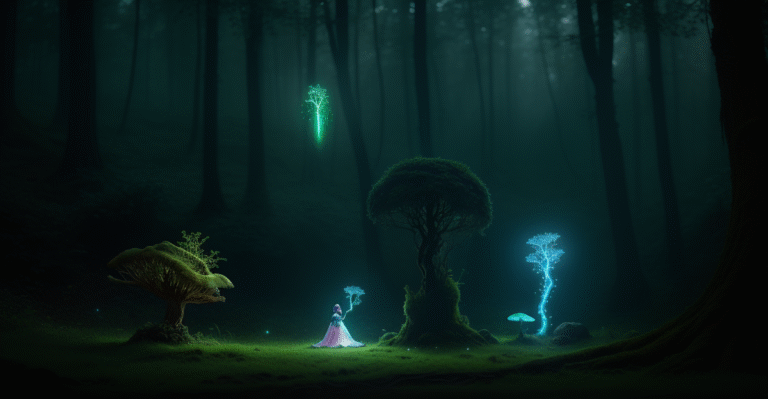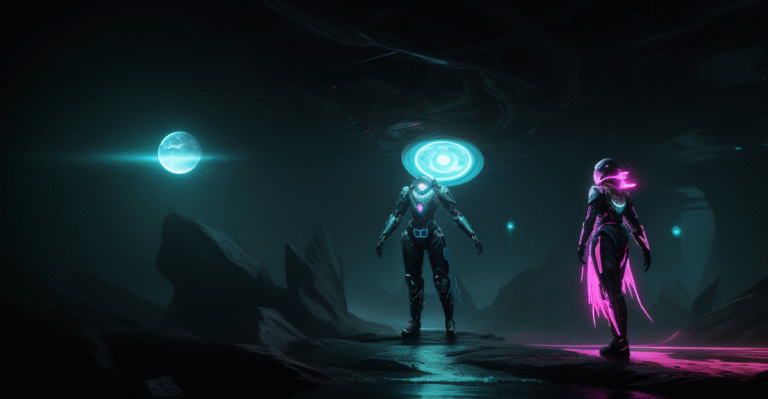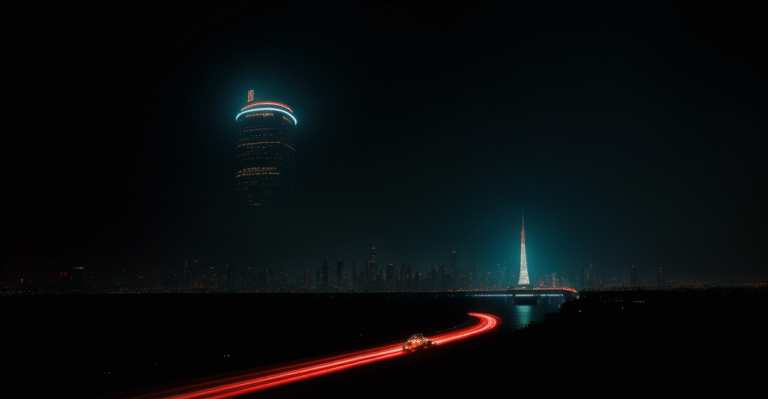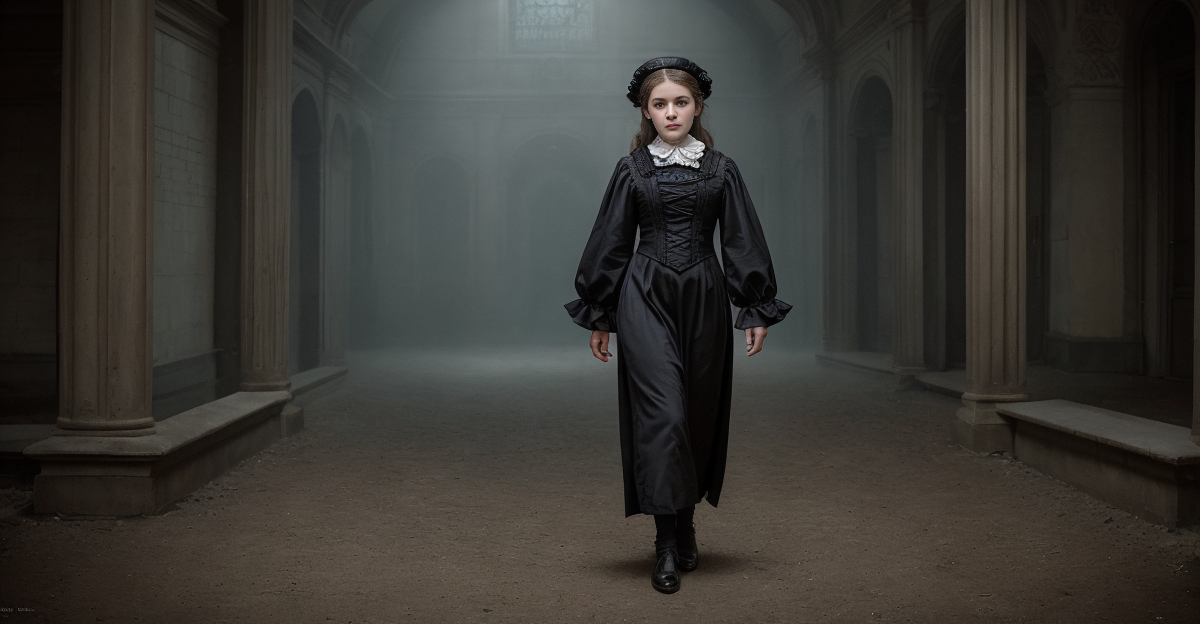
Do female ghosts suffer from a bad reputation? Are they relegated to whispers of "hysteria," while m
Ever wonder if the spectral world mirrors our own gender biases? Are female ghosts dismissed as hysterical, while male apparitions command authority? Join us as we explore this unsettling question. Hit that like button and follow us down this rabbit hole!
The paranormal world teems with unexplained phenomena, chilling tales, and spectral figures that capture our imaginations. But what if our perception of these ghostly encounters is subtly warped by ingrained biases?
Are female ghosts relegated to whispers of “hysteria,” while male apparitions command respect and authority?
This exploration delves into the potential gender bias in ghost stories, examining historical contexts, cultural perceptions, and the possibility of a genuine “ghost hierarchy” based on gender.
Historical Context: The Hysteria Label and Silencing of Women
The concept of “hysteria” carries a long and troubling history, deeply entwined with the suppression of women’s voices and experiences.
For centuries, women’s emotional and physical ailments were often dismissed as manifestations of this supposed condition, conveniently used to invalidate their concerns and maintain patriarchal control.
Historical Association of Women with Emotional Instability
The term “hysteria,” derived from the Greek word for “uterus,” reflects the ancient belief that women’s emotions were intrinsically linked to their reproductive organs and, therefore, inherently unstable.
This idea permeated medical and social thought for centuries, leading to the pathologization of female experiences and the dismissal of their perspectives.
When women reported unusual or paranormal events, their claims were often attributed to “hysterical” tendencies rather than taken seriously.
Examples of Historical Dismissal
Consider the Victorian era, a time brimming with ghost stories and spiritualism. While many women actively participated in séances and reported paranormal experiences, their accounts were often met with skepticism and medicalization.
Diagnoses like “nervous disorders” or “female maladies” were frequently used to explain away their sightings, effectively silencing their voices and reinforcing the notion that women were prone to flights of fancy and irrationality.
One stark example is the case of Anna Ecklund, whose alleged demonic possession was heavily influenced by prevailing societal views on female sexuality and vulnerability.
Even today, skeptics might point to such cases as examples of mental illness rather than genuine paranormal activity.
Cultural Representations: The Archetypes of Male and Female Ghosts
Our understanding of ghosts is heavily influenced by cultural narratives and media portrayals. These representations often perpetuate gender stereotypes, shaping our expectations of how male and female spirits should behave.
Analysis of Common Ghost Archetypes
Think about classic ghost stories. How often do you encounter a “vengeful male spirit,” driven by anger and a desire for retribution?
Now, compare that to the “weeping female spirit,” often depicted as a victim of tragedy, forever bound to a specific location, lamenting her fate. The vengeful male ghost is active, powerful, and often threatening.
The weeping female ghost is passive, sorrowful, and ultimately, less impactful. These archetypes, deeply ingrained in our collective consciousness, reinforce traditional gender roles, even in the afterlife.
Media Portrayals and Gender Stereotypes
From literature to film, media consistently reinforces these gendered archetypes. In horror movies, male ghosts are often the primary antagonists, driving the plot with their aggressive and malevolent actions.
Female ghosts, while sometimes frightening, are frequently presented as victims seeking justice or closure. However, there are exceptions.
Films like “The Ring” (Sadako/Samara) challenge these stereotypes, presenting a powerful and terrifying female spirit. Similarly, shows like “American Horror Story” often explore more complex and nuanced portrayals of female ghosts.
It’s crucial to analyze media critically and recognize how these portrayals shape our expectations of ghostly behavior.
Power Dynamics and the Afterlife: Manifestation and Authority
Does gender influence the perceived “power” of a ghost? Are male spirits typically seen as more aggressive or authoritative? Exploring these questions sheds light on the potential for societal expectations to extend beyond the mortal realm.
Examining the Perceived Power of Male Versus Female Ghosts
In many cultures, male ghosts are often associated with strength, dominance, and control, while female ghosts are perceived as more vulnerable, passive, or emotionally driven.
This perception can influence how people interpret ghostly encounters, leading them to attribute more “power” or agency to male spirits.
For example, a male ghost might be seen as actively haunting a location, while a female ghost might be perceived as simply lingering or trapped. This difference in perception can reinforce existing power imbalances, even in the afterlife.
Reflect on the ghost stories you’ve heard.
Theories on Male Spirits and Societal Expectations
One theory suggests that societal expectations of male dominance and agency contribute to the perception of male spirits as more “present” or impactful.
Because men are often socialized to be assertive and take charge, their ghostly manifestations might be interpreted through this lens, leading to the assumption that they possess greater power or authority.
Conversely, women, who have historically been marginalized and silenced, might be perceived as less assertive or impactful, even in death.
This is a controversial perspective, but it’s worth considering how deeply ingrained societal biases can influence our perceptions of the paranormal. What do you think?
Skepticism and Gender: How Beliefs Shape Perception
Even in the seemingly objective realm of paranormal investigation, pre-existing gender biases can influence how evidence is interpreted and witness testimonies are evaluated.
How Gender Biases Influence Paranormal Investigations
Paranormal investigators, like anyone else, are susceptible to unconscious biases. These biases can affect how they approach investigations, interpret evidence, and evaluate witness testimonies.
For example, an investigator might be more likely to dismiss a female witness’s account as “emotional” or “exaggerated,” while taking a male witness’s account at face value.
Similarly, investigators might be more likely to attribute certain types of phenomena to male spirits and others to female spirits, based on preconceived notions about gender roles.
The Potential for Conscious and Unconscious Biases
It’s crucial to acknowledge the potential for both conscious and unconscious biases to affect how sightings are reported, investigated, and ultimately, believed.
By recognizing these biases, we can strive for more objective and equitable approaches to paranormal research.
Training in bias awareness and critical thinking can help investigators identify and mitigate the influence of their own preconceived notions.
Conclusion
Gender bias in ghost stories is a complex issue, potentially stemming from the historical silencing of women, cultural stereotypes, and preconceived notions about power dynamics, even in the afterlife. By acknowledging these biases, we can approach paranormal investigations and ghost stories with a more critical and nuanced perspective.
Should we re-evaluate our assumptions about ghost stories and actively challenge gendered perceptions within the paranormal field? Let us know your thoughts in the comments below! And don’t forget to share this article with your fellow ghost enthusiasts!
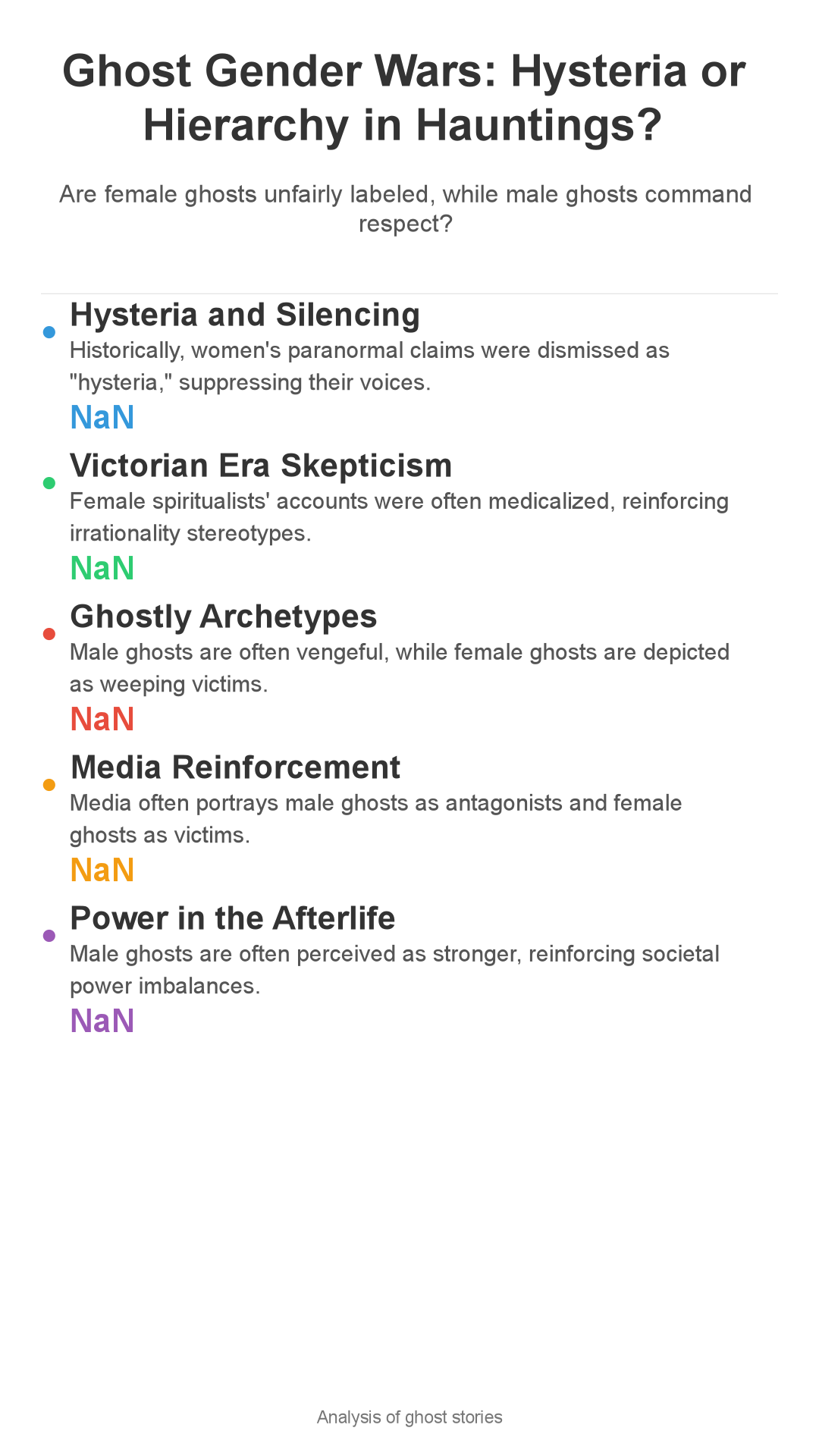
Enjoyed this? Check out our YouTube channel for video versions!
Enjoyed this? Check out our YouTube channel for video versions!

